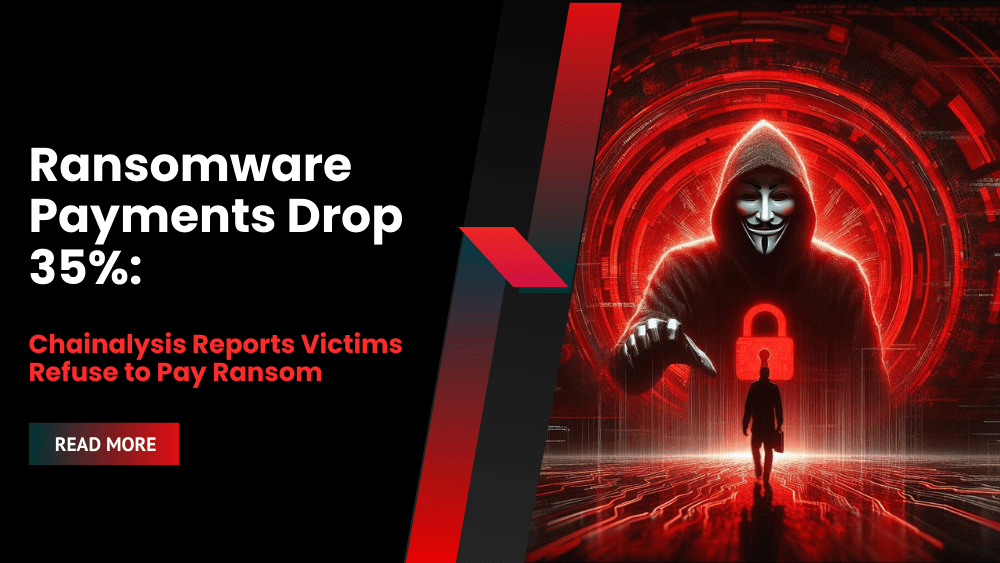Ransomware Payments Drop 35% with Victims Seen Refusing Ransom Payments
Cybercriminals experienced a significant setback in 2024, with ransomware payments plummeting by 35% compared to the previous year.
This substantial decrease, detailed in a new report by Chainalysis, a leading cryptocurrency tracing firm, reveals a total of $814 million collected in 2024.
While this remains a considerable sum, it marks a crucial turning point, representing the first decline since 2022 and signaling a potential shift in the ransomware landscape.
The drop in ransomware payments offers a glimmer of hope in the ongoing fight against cybercrime. Ransomware payments drop 35%, indicating a potential turning point.
A Dramatic Fall in Ransomware Payments
The Chainalysis report highlights a dramatic decrease in ransomware payments between two six-month periods. Hackers collected $321 million from July to December 2024, a sharp decline from the $492 million collected in the first half of the year.
This represents the largest falloff in payments between two six-month periods ever recorded by Chainalysis. This significant drop in ransomware payments suggests increased effectiveness of law enforcement strategies and a growing resistance among victims to paying ransoms.
Catastrophic Attacks Despite the Decline
Despite this encouraging trend, several catastrophic ransomware attacks still occurred in 2024. One notable incident involved an undisclosed victim paying a record $75 million ransom to the Dark Angels group.
The far-reaching consequences of the Snowflake ransomware attack also impacted numerous companies, including Neiman Marcus, Ticketmaster, Santander Group, and AT&T.
These incidents underscore the persistent threat of ransomware, even with the overall reduction in payments. Ransomware payments decreased, but the severity of attacks remained high.
Increased Security Measures and Shifting Tactics
Microsoft’s annual report revealed a 275% year-over-year increase in attacks between July 2023 and June 2024. However, they also noted a decrease in the percentage of attacks reaching the encryption phase.
This suggests that improved security measures are hindering the success of ransomware attacks. Lizzie Cookson, Senior Director of Incident Response at Coveware, provided valuable insights into the evolving ransomware ecosystem.
“We saw a rise in lone actors, but we did not see any group(s) swiftly absorb their market share, as we had seen happen after prior high-profile takedowns and closures,” she stated.
“The current ransomware ecosystem is infused with a lot of newcomers who tend to focus efforts on the small- to mid-size markets, which in turn are associated with more modest ransom demands.” The decrease in ransomware payments reflects a complex interplay of factors. She added.
The Ongoing Fight Against Ransomware
The report also indicates that hackers are increasingly using personal wallets to store their illicit gains, suggesting that law enforcement is becoming more effective in tracking and disrupting ransomware operations.
While ransomware payments dropped, the need for continued vigilance remains crucial. The report concludes with a call to action, urging continued efforts to build on the progress made in 2024.
Although ransomware payments are down, the attacks themselves continue, highlighting the ongoing need for robust cybersecurity measures and international collaboration. The fight against ransomware is far from over.









